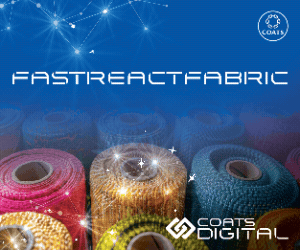“Inherent within the TPM concept are the aspects of enhancing the overall effectiveness (efficiency) of factory equipment and providing an optimal group organisational approach in the accomplishment of system maintenance activities. (Blanchard,1997)”
Total Productive Maintenance can be understood as a holistic approach towards equipment maintenance where the aim is to achieve the best possible productivity with no breakdowns, no unplanned failures, no stops, no defects and no accidents.
Being said that, how do we achieve it?
Proactive and Preventive Maintenance is the key.
The roles of production and maintenance teams in TPM are blurred in a way that the operators running or using the equipment himself is empowered to responsibly maintain it. Creating a shared responsibility for equipment maintenance between floor workers and maintenance staff improves equipment’s up-time, reduces the cycle time and eliminatesany potential defects. TPM can enhance the production volume and employee morale at the same time.
The objectives of TPM
As pointed earlier, the main objective behind TPM implementation is to grow your plant’s and equipment’s productivity but with only a modest maintenance investment.

The 6 big losses of productivity
- Performance: The performance factor has two losses that can be associated with it:
a.Equipment running at a reduced speed
b. Minor stops between or within cycles - Availability: This factor also has two imminent losses that can be associated to the machine’s availability to produce:
a. Equipment or machine breakdowns
b. Product changeover time - Quality: Finally, the quality factor is affected by losses of:
a. Start-up rejections which occur when a new product is being produced on the equipment.
b. Running rejections which occur during the production run which hamper the product’s quality.
TPM enables us to overcome the causes behind the above mentioned sixbig losses, by identifying them and enabling self-managed teams to solve the issues surrounding them.

Pillars of TPM
The TPM’s foundation is a stable 5S implementation or else disorganization, indiscipline and inefficiency creeps in, which eventually causes the failure of the whole TPM programme itself. Once 5S stability is achieved, we can go forward and start implementing TPM.
To enhance reliability of machines, TPM has 8 pillars or principles: (Fig 1)
TPM implementation
TPM implementation is a long and well-planned process that should be worked out with full participation from all the employees across the functions and levels of the organisation. The following implementation steps or process can help us in our companies to effectively incorporate TPM in daily operations: (Table)

















